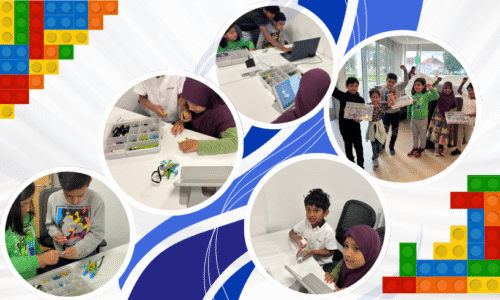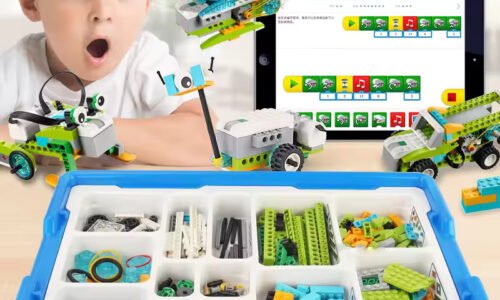Kids Coding Starter Guide: Why You Shouldn’t Start with Scratch or Python Right Away
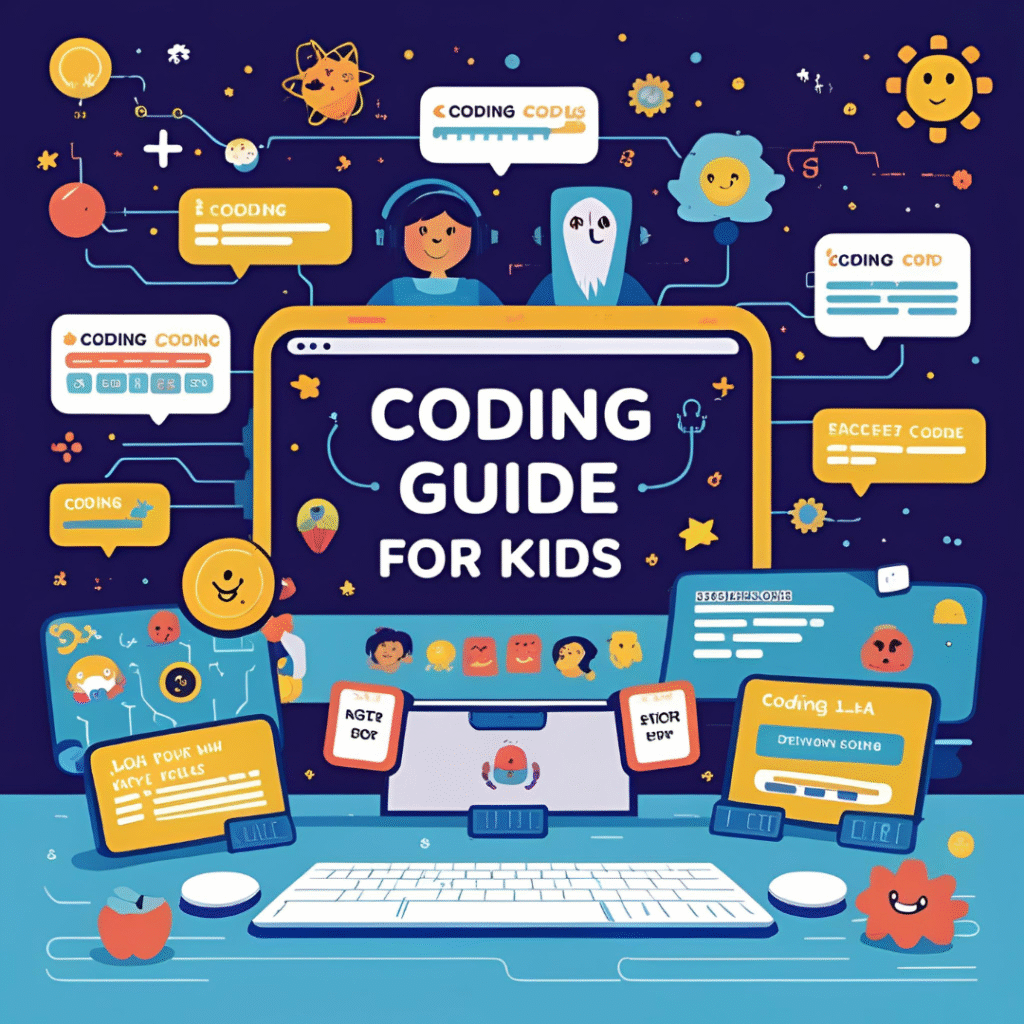
Coding is a fantastic skill for kids to learn, opening doors to creativity, problem-solving, and future opportunities. But if you’re a parent eager to get your child started, here’s an important piece of advice: don’t rush them straight into screen-based coding languages like Scratch or Python.
Not Every Child Is Ready for Coding on a Screen
Coding can seem exciting — but it’s not for everyone right off the bat. Some kids find programming languages confusing or frustrating, especially if they’re introduced too early or without the right context.
The truth is, not every child will pick up coding naturally or show immediate interest, and that’s perfectly okay! Pushing too hard on abstract coding concepts can lead to discouragement.
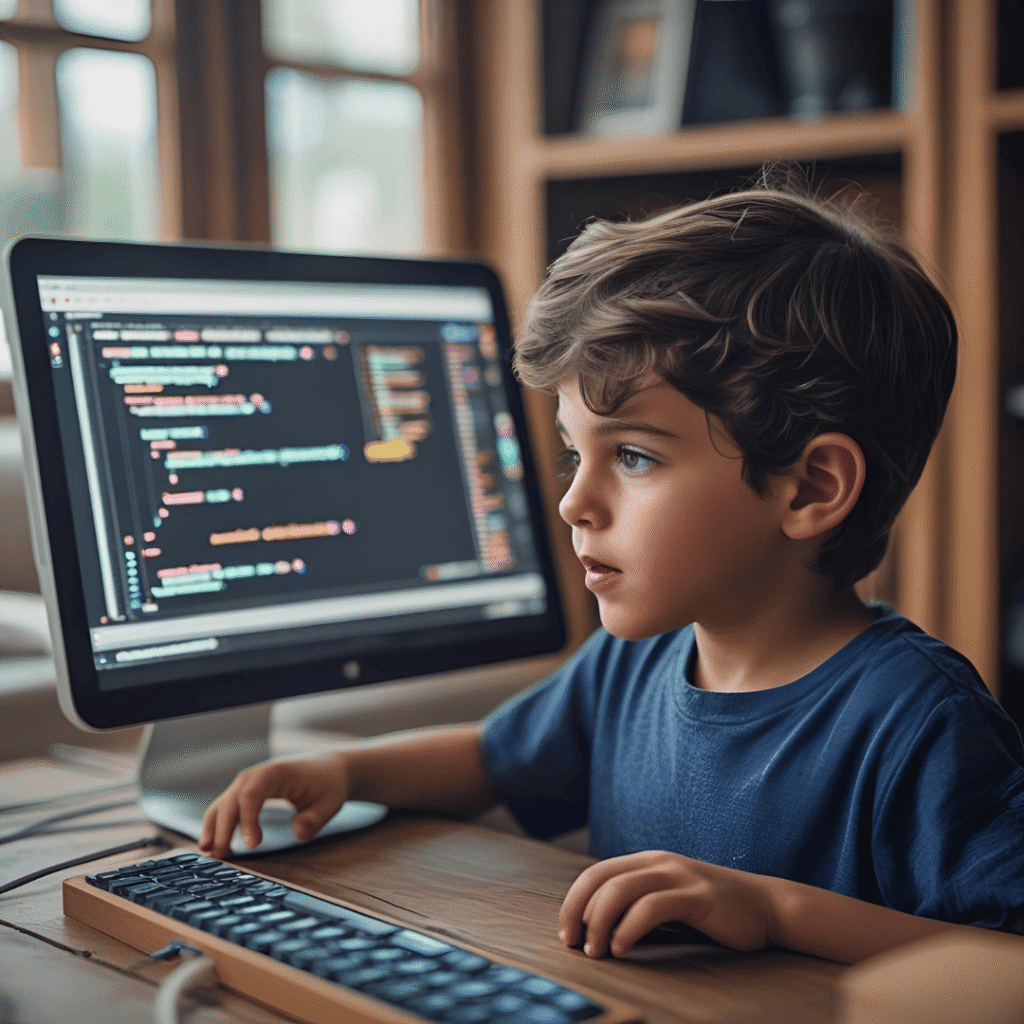

Start With Physical Coding: Make It Tangible and Fun
Instead of starting with Scratch blocks on a screen or typing lines of Python code, consider introducing your child to physical coding kits that let them see instant, real-world results.
Examples of physical coding tools:
- LEGO WeDo
- LLTuitions
- Bee-Bot
- Cubetto
- Kodable (with physical robot)
These kits allow kids to move robots, build machines, and control devices through simple coding logic — but in a hands-on, tactile way.
Why Physical Coding is Better for Young Kids
Immediate Feedback: Kids can see the robot move or a light turn on instantly, making the cause-and-effect of coding clearer.
Engages Multiple Senses: Using hands and eyes together strengthens understanding.
Builds Confidence: Kids achieve small wins, which encourages them to try more.
Develops Computational Thinking: They learn sequencing, logic, and problem-solving without the frustration of syntax errors.
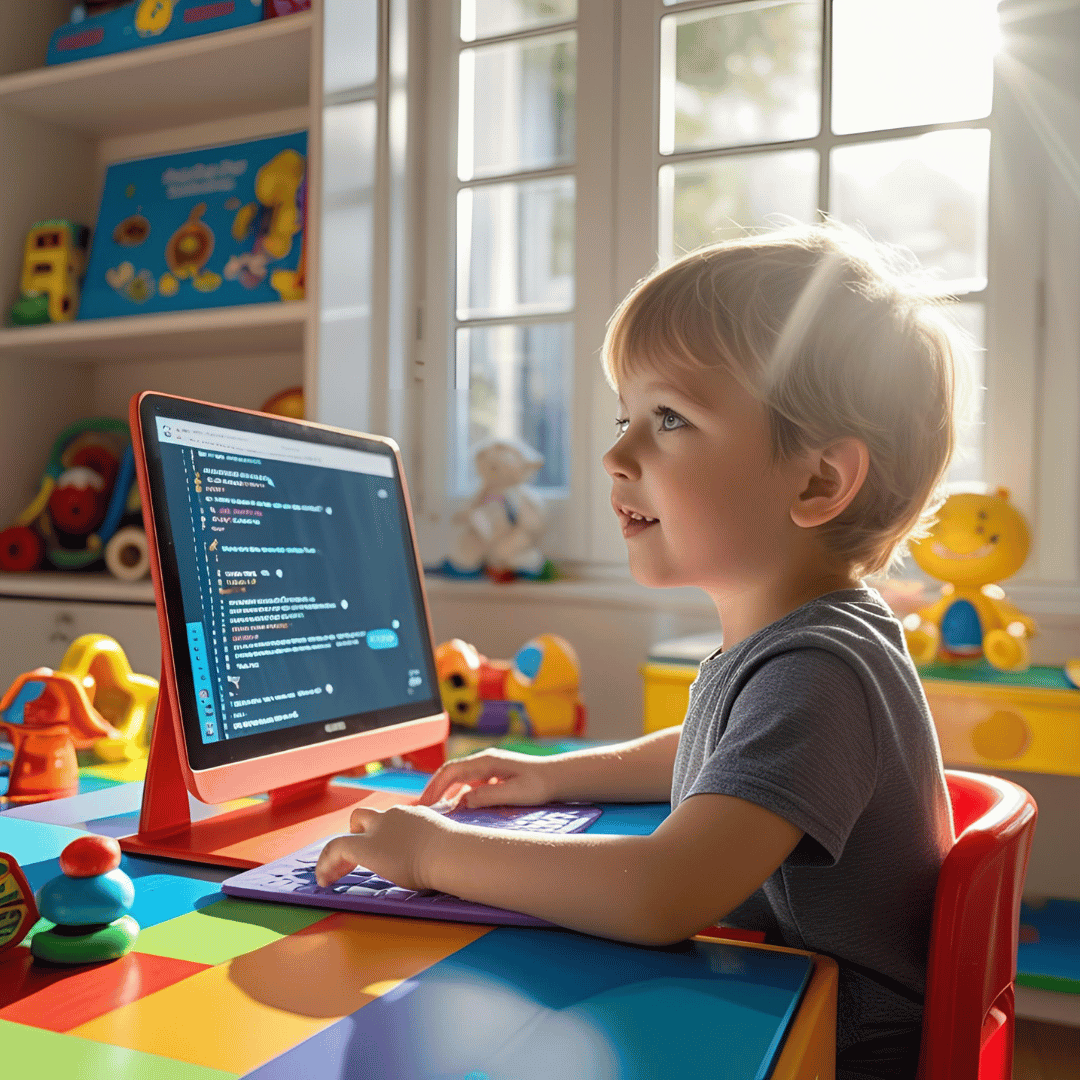
When to Transition to Screen-Based Coding
Once your child has experienced physical coding and shows curiosity and confidence, you can start introducing block-based coding like Scratch. This step bridges tangible play and digital logic. Later, if their interest deepens, text-based languages like Python can come naturally.
STEM Block Robotics – 1-Day Workshop (Ages 6–12)
2 HoursBeginner1 lessons268 Bath Road, SL1 4DX | Regus OfficeDay Timings Location Sunday 10:00AM – 12:00PM Regus Building, Bath Road, Slough, SL1 4DX Why...
£70.00£49.99STEM Block Robotics – Full Course (Ages 6–12)
4 WeeksBeginner4 lessonsAddress: Regus Building, Bath Road, Slough, SL1 4DXDay Timings Location Every Sunday 10:00AM – 12:00PM Regus Building, Bath Road, Slough, SL1 4DX...
£149.00£120.00Teen Python Bootcamp: From Beginner to AI & Data Science
4 WeeksAll levels24 Lessons0 Quizzes0 StudentsDay Timings Address: Every Sunday: August 10th, 17th, 24th, and 31st 14:00-17:00 Regus Building, Bath...
£299.00£249.99
In Summary
- Don’t rush your child into Scratch or Python.
- Start with physical, hands-on coding kits.
- Encourage curiosity, exploration, and play.
- Move to screen coding only when your child is ready and interested.
Coding should be fun and empowering — the right start makes all the difference.

